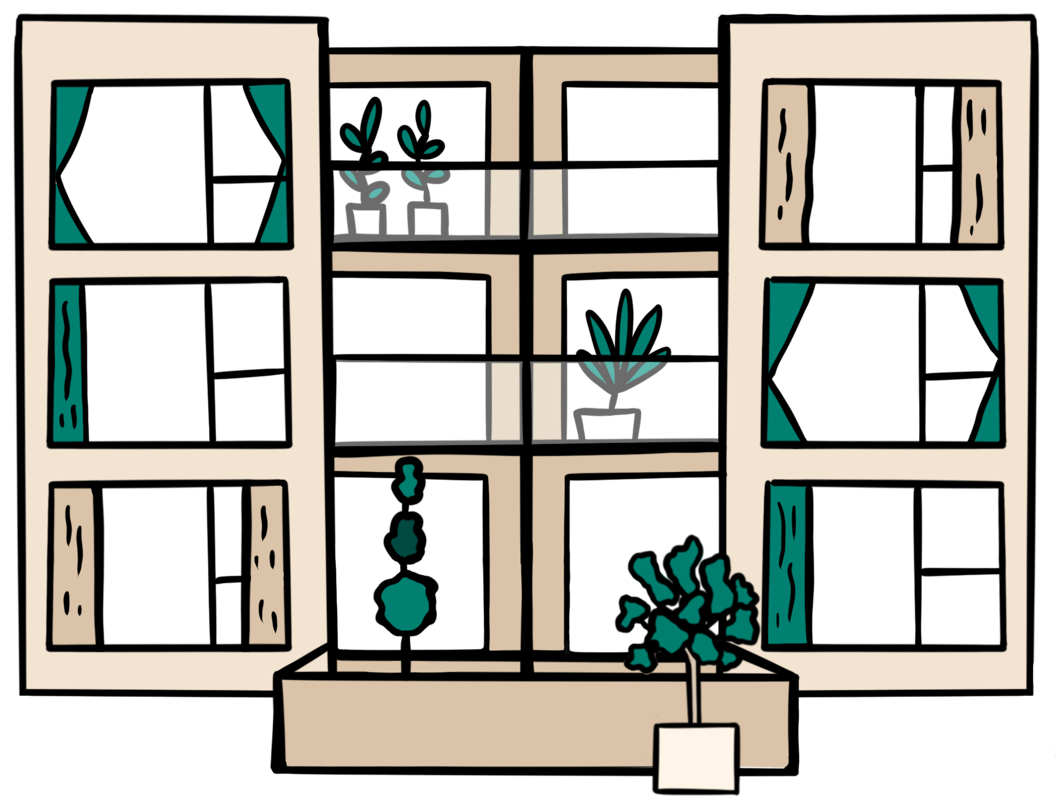The pack is your property’s story in documents. It discloses who’s who – your landlord/freeholder and management company – and includes key information on them. It will also include an LPE1 form, a standardised document that tells buyers everything they need to know about your leasehold.
The pack should contain:
- Ground rent statement
This information proves you’re up to date with payments and helps calculate any amounts owed or due to you when the sale completes. It’s a key part of the financial picture, ensuring a smooth handover between you and the buyer.
- Service charge statement
This shows your payments and any amount due. It’s used to calculate what’s owed or due to you at completion. It also includes info on any reserves for future maintenance. It will give buyers a clear picture of ongoing costs and financial planning.
- Major works plans
Details on planned works, also known as major works. Buyers need to be aware of this as future work could impact their living situation in the property, or they may even be responsible for certain payments.
- Last 3 years of annual accounts for the management company
This shows the management company’s financial health and how well they’re managing the property. It reassures buyers that the freehold is stable, with enough reserves for unexpected repairs.
- EWS1 External fire wall review
For leasehold flats over 18 meters, a report needs to be provided on the building’s exterior materials. This crucial safety check confirms whether any materials are combustible, giving the buyer peace of mind about the property’s fire safety status.
- Asbestos survey
This report identifies if asbestos is present in communal areas and assesses any potential risks to residents. It’s a key safety document for older properties, giving you clarity on this important health and safety issue.
- Building insurance
The freeholder arranges this essential cover, but costs are shared among leaseholders. The policy information needs to be provided, showing the buyer that they will be protected.
- Notice fees, deed of covenant fees, and other freeholder fees
This includes the costs the buyer will have to pay the freeholder after completion. For example, the freeholder needs to be told who the new leaseholder is and the freeholder may charge an administration fee for this.
- Disputes and enfranchisement
This part will outline any ongoing disputes or actions, including freehold purchase attempts, lease extensions, or rights to manage claims. This transparency helps the buyer understand the property’s current legal situation.


